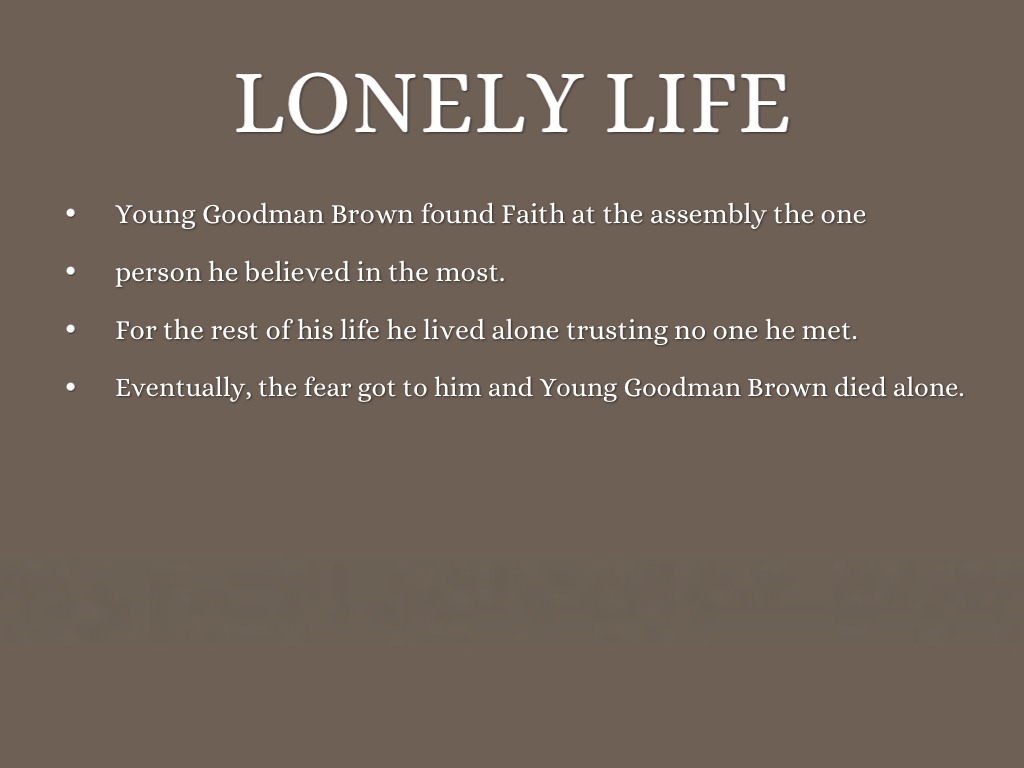In a world where social media dominates our lives, the way we communicate our needs has evolved significantly. Dry begging is a term that has emerged to describe a subtle form of asking for help or support without being overtly direct. This phenomenon can often be found in online interactions, where individuals may express their desires for assistance in a veiled manner, leaving it up to their audience to interpret their needs. As a result, dry begging can easily slip under the radar, making it crucial to understand its implications and how it manifests in today's digital landscape. The dynamics of dry begging can lead to misunderstandings, as well as foster a sense of community or alienation among users. The key to navigating these waters lies in recognizing the various forms of messaging that accompany dry begging and the motivations behind them.
Many people engage in dry begging without even realizing it, often using social media as a platform to express their emotional or financial struggles indirectly. This indirect communication style can be prompted by a variety of factors, including pride, fear of rejection, or a desire to maintain a facade of independence. As we delve deeper into the world of dry begging, it becomes essential to explore the psychological and social factors that contribute to this behavior.
Ultimately, understanding dry begging is not just about identifying its presence; it's also about recognizing how it can impact relationships and community dynamics. By examining the roots of this behavior and its manifestations, we can foster more open and authentic communication, helping to bridge the gap between those who need help and those who can provide it.
What is Dry Begging?
Dry begging refers to the act of subtly hinting at a need for assistance without making a direct request. This can take many forms, including vague social media posts, passive-aggressive comments, or even indirect storytelling. It often involves expressing feelings of inadequacy or struggle, leaving the audience to interpret the need for help.
How Does Dry Begging Manifest in Social Media?
On platforms like Facebook, Twitter, and Instagram, dry begging can appear as:
- Vague status updates about personal struggles
- Emotional storytelling that elicits sympathy
- Indirect references to financial hardships or emotional distress
These posts often rely on the audience's empathy to generate support without explicitly asking for it.
Why Do People Engage in Dry Begging?
Several factors contribute to the phenomenon of dry begging. These can include:
- Fear of rejection or judgment
- Pride and the desire to maintain independence
- Social norms that discourage direct requests for help
Understanding these motivations can help shed light on why someone may choose to engage in this form of communication rather than asking for help directly.
Is Dry Begging Harmful?
While dry begging can be seen as a harmless form of expression, it can also have negative consequences. It can lead to misunderstandings, create a sense of obligation among friends and followers, and even foster resentment if help is not offered. Furthermore, it can perpetuate feelings of isolation for those who engage in dry begging but do not receive the support they seek.
How Can One Respond to Dry Begging?
When encountering dry begging in your social circles, it’s essential to approach the situation with empathy. Here are some potential responses:
- Offering support directly by reaching out to the individual
- Encouraging open communication about their needs
- Listening without judgment to their struggles
These responses can help create a supportive environment where individuals feel more comfortable expressing their needs.
Can Dry Begging Be Avoided?
While it may be challenging to eliminate dry begging entirely, fostering a culture of open communication can help. Encouraging friends and family to be honest about their needs and feelings can reduce the likelihood of dry begging behaviors.
Conclusion: Embracing Open Communication
In conclusion, dry begging is a nuanced form of communication that exists within our increasingly digital interactions. By understanding its implications and motivations, we can work towards creating a more supportive atmosphere where individuals feel empowered to express their needs directly. Ultimately, embracing open communication will benefit both those who need assistance and those who are willing to provide it, fostering stronger connections within our communities.
Personal Details and Biography
| Name | John Doe |
|---|---|
| Age | 30 |
| Occupation | Writer and Social Media Influencer |
| Location | New York, USA |
| Interests | Writing, Traveling, and Community Support |
By keeping the lines of communication open and encouraging direct requests for help, we can all participate in reducing the prevalence of dry begging, leading to a more connected and compassionate society.




